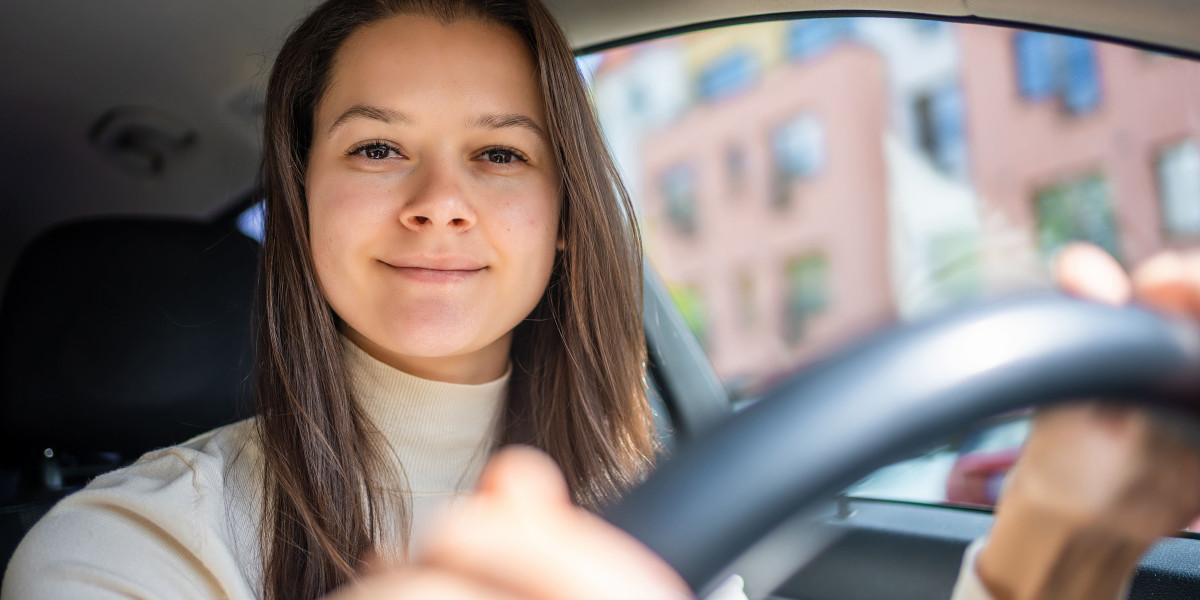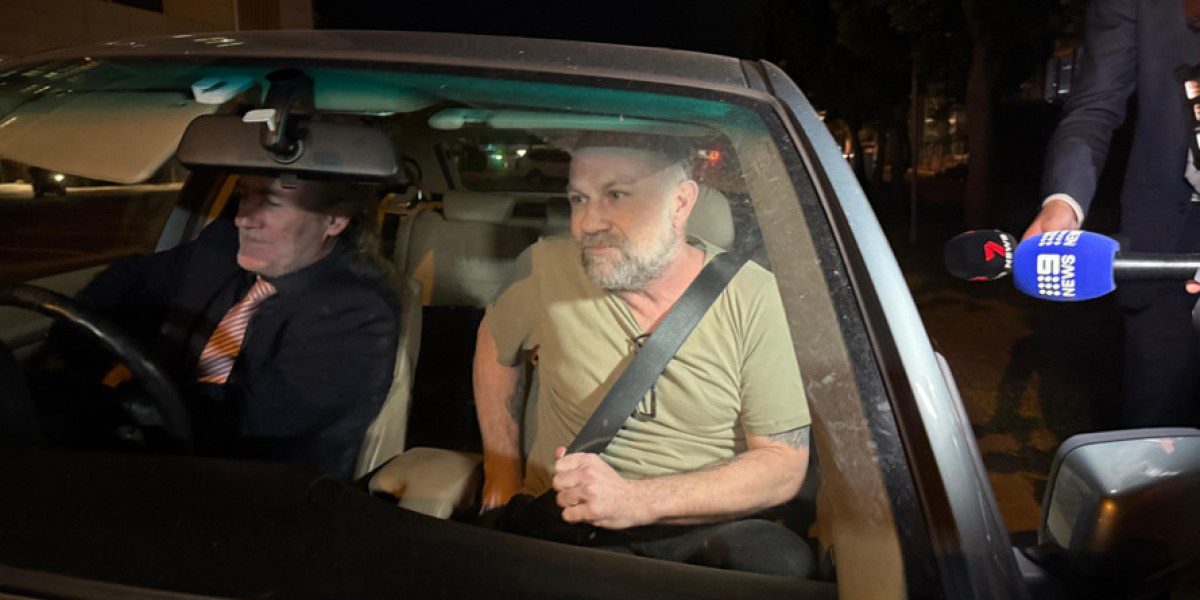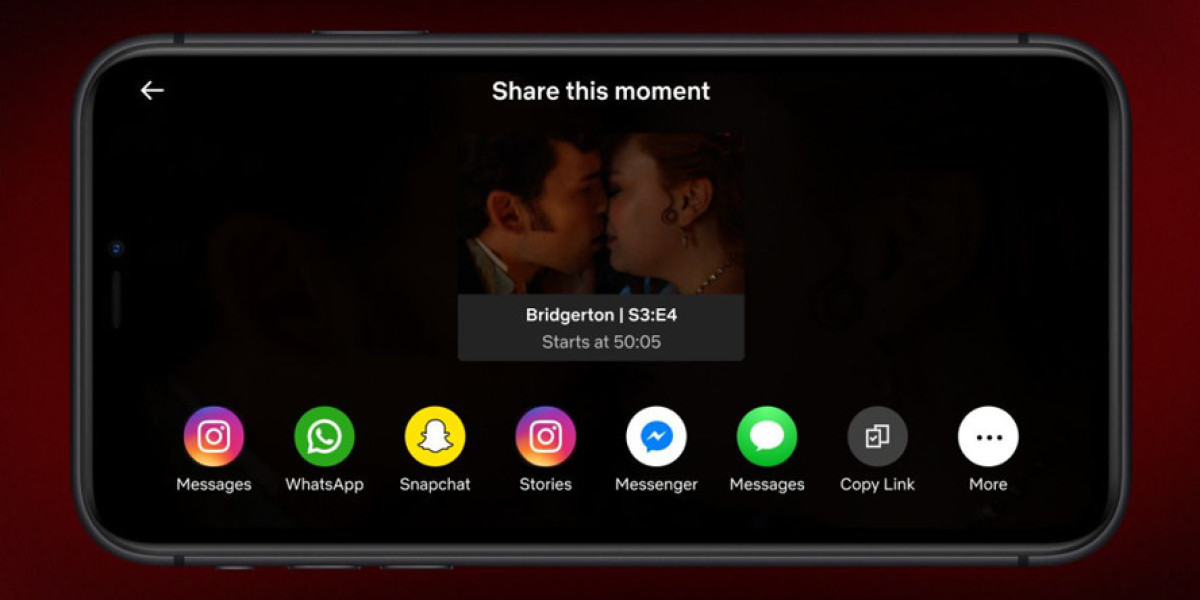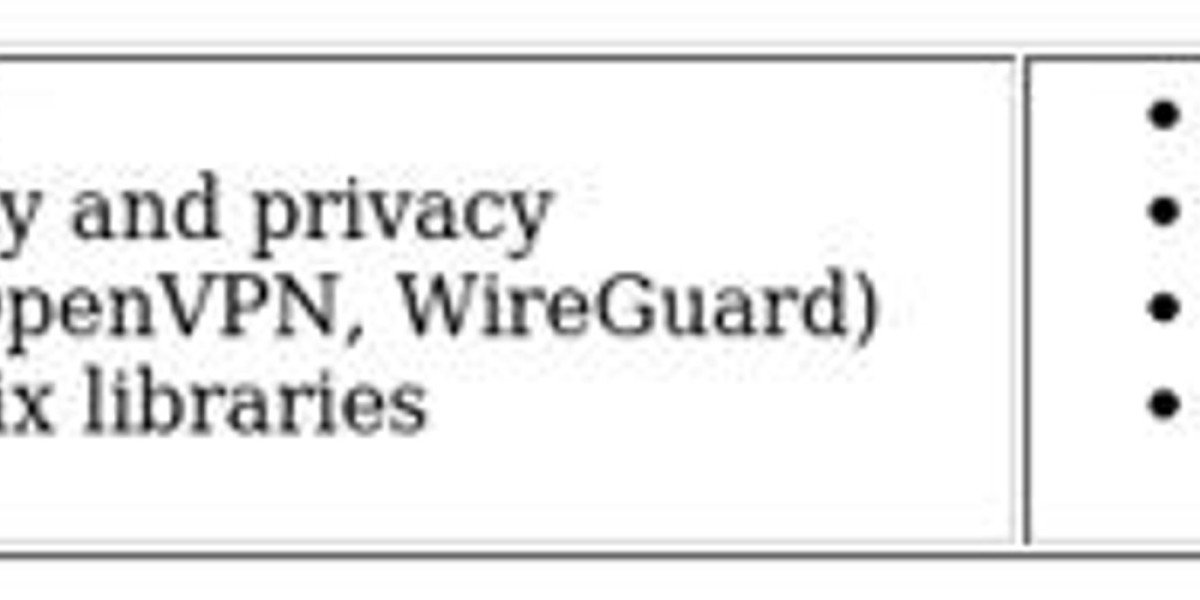
Driving is an essential part of life for many people in the United Kingdom, providing freedom, flexibility, and the ability to travel for work, leisure, and everyday activities. Central to this independence is the driving licence, a government-issued document that certifies a person’s ability to operate a motor vehicle. In this article, we’ll explore the types of driving licences available in the UK, the process to obtain one, the rules and regulations governing their use, and the importance of keeping your licence up to date.
Types of Driving Licences in the UK
In the UK, there are several types of driving licences depending on the vehicle you wish to drive. The primary categories include:
Full Car Licence (Category B): This allows individuals to drive cars, vans, and small vehicles up to 3.5 tonnes. It also permits driving with a trailer up to 750 kg.
Provisional Licence: This is typically the first step for new drivers. It allows individuals to practice driving before taking the full driving test. It is important to note that provisional licence holders must drive with a qualified driver present.
Motorcycle Licences: These come in various categories, including Category A (unrestricted motorcycles), Category A1 (light motorcycles), and Category A2 (medium motorcycles). Each category has different age and capability requirements.
Commercial Vehicle Licences: Specific licences, such as a Certificate of Professional Competence (CPC), are necessary for driving larger vehicles like lorries and buses. These licences often require additional training and examinations.
How to Obtain a UK Driving Licence
The process for obtaining a driving licence in the UK is structured and involves several key steps:
Application for Provisional Licence: Start by applying for a provisional driving licence, which can be done online or via post. You must be at least 15 years and 9 months old to apply. The fee for applying varies depending on the method.
Theory Test: Once you obtain your provisional licence, you must pass a theory test, which assesses your knowledge of road signs, rules, and situational judgement through multiple-choice questions and hazard perception tests.
Practical Driving Test: After passing the theory test, the next step is to take the practical driving test. This involves a driving examiner assessing your ability to operate a vehicle safely in various traffic conditions. It typically lasts around 40 minutes.
Full Driving Licence: Upon passing the practical test, you can upgrade your provisional licence to a full driving licence, which allows you to drive independently.
Rules and Regulations
Owning a driving licence entails adhering to various rules and regulations designed to promote road safety:
Driving with a Valid Licence: It is essential to ensure your licence is valid and up to date. Driving without a valid licence can lead to severe penalties, including fines and points on your record.
Age Restrictions: There are age restrictions for obtaining different categories of driving licences, and drivers must be at least 17 years old to hold a full car licence.
Insurance Requirements: All drivers must have valid car insurance before driving. This protects both the driver and other road users in case of an accident.
Points System: The UK employs a points system where drivers can incur points for traffic violations. Accumulating 12 or more points can result in disqualification from driving.
The Importance of Keeping Your Licence Updated
It is crucial for drivers to keep their personal details on their driving licence up to date, including address changes or name changes resulting from marriage or divorce. Not only is it a legal requirement, but it also ensures that you receive important information from the Driver and Vehicle Licensing Agency (DVLA) regarding your licence status, road tax, and other necessary notifications.

If your driving licence is lost or stolen, it is vital to report this to the DVLA immediately and apply for a replacement. The process is straightforward and can usually be completed buy driver's license online - read this post from expressdrivinglicense.com,.
A UK driving licence is more than just a card; it is a passport to independence and mobility. Understanding the types of licences, the application process, and the regulations involved is crucial for all drivers. As responsible road users, it is our duty to ensure that we adhere to the rules and maintain our licences, contributing to a safer driving environment for everyone. Whether you are a learner driver or have years of experience, staying informed about your driving licence will help you navigate the roads with confidence and security.








